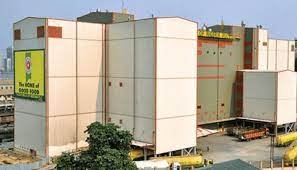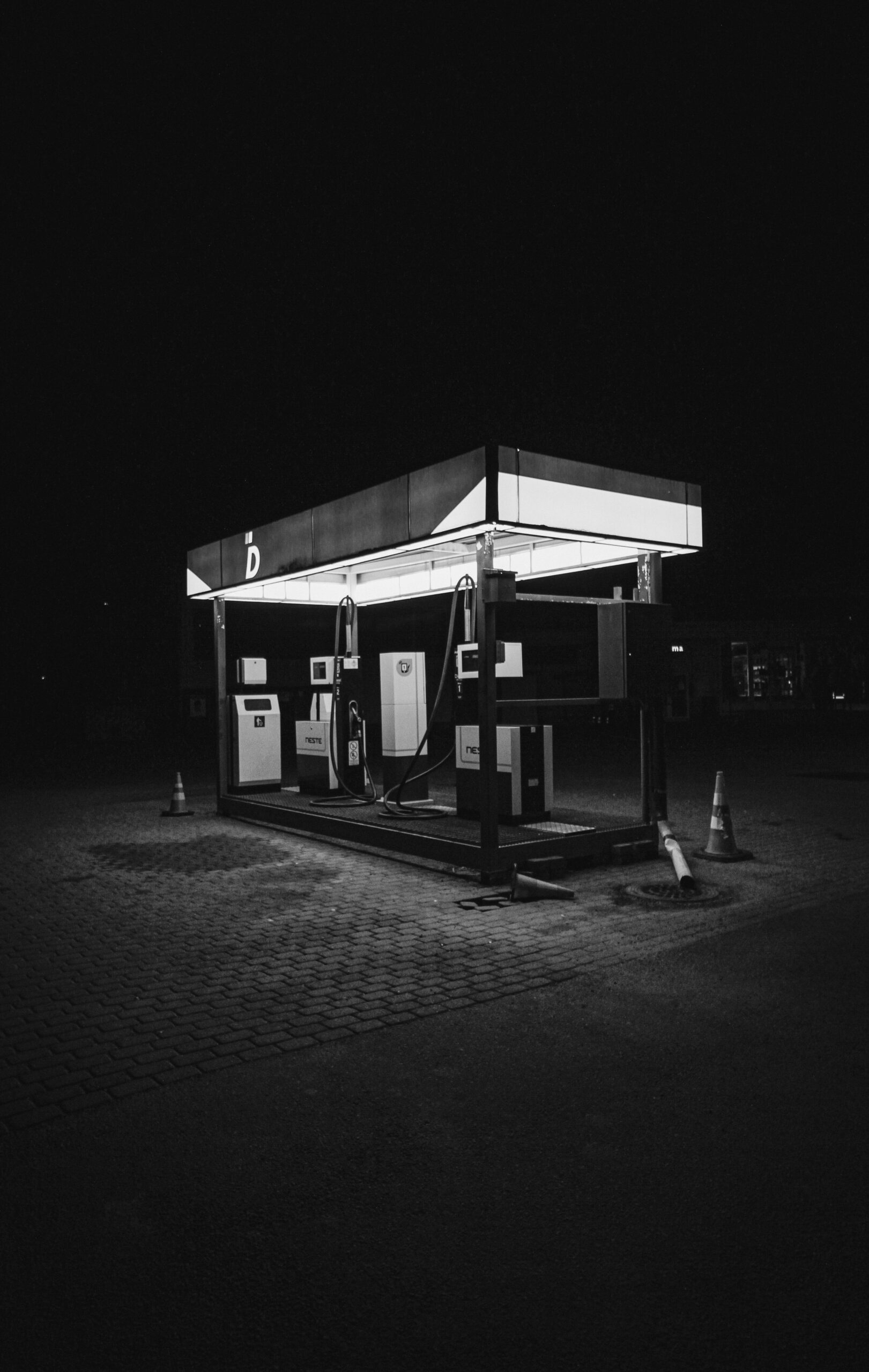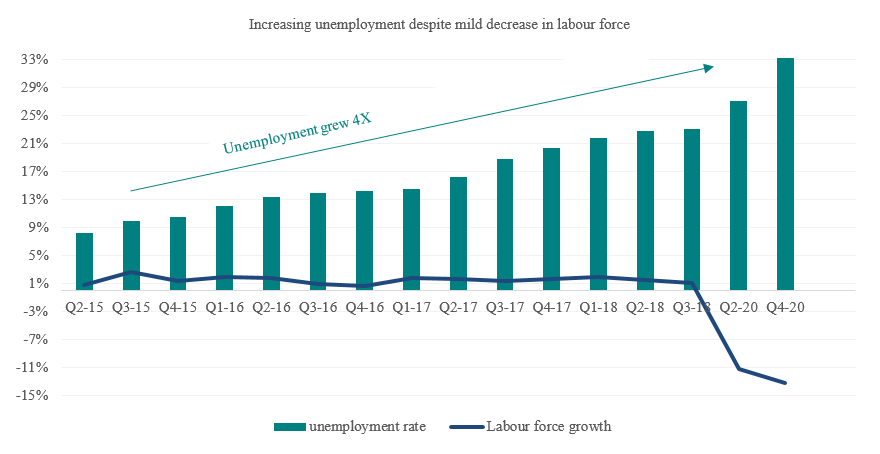FMN Plc: The Home of Good Food is Moving Beyond Levels
Flour Mill of Nigeria Plc is one of the leading FMCG and a top market player in the flour-based product market. It is the first company to have constructed Nigeria’s first
wheat mill plant. With 60 years of success celebration, the firm has been able to diversify its core business of food through backward integration into other three revenue-generating segments which include Agro-allied, Sugar, and support services. Growth in these three classes of revenue has been impressive at a CAGR of 23.58%
over the past five years. These three segments reported total revenue of N293 billion (or 38.01% of total revenue) in FY-2021 compared to the N102 billion (or 19.4% of
total revenue) in FY-2017. The firm’s ability to expand its portfolio size with an explosive growth of this 23.58% CAGR validates its capacity to provide long-term value creation to shareholders while pursuing a de-risk business opportunity.






![[Infographics] Financial Performance Summary of Selected Companies in Nigeria (2020)](https://giftedanalysts.com/wp-content/uploads/2021/04/MTNN-scaled.jpg)


![[INFOGRAPHICS] Regional Unemployment Rate (August 2020)](https://giftedanalysts.com/wp-content/uploads/2020/09/New-Data-07-1-scaled.jpg)